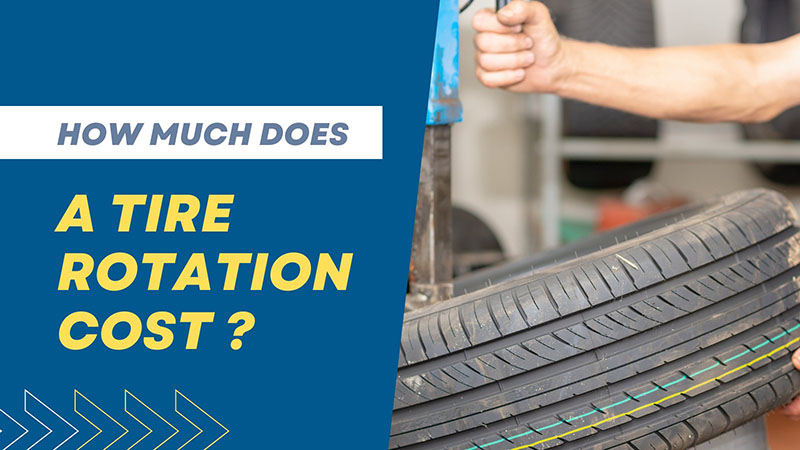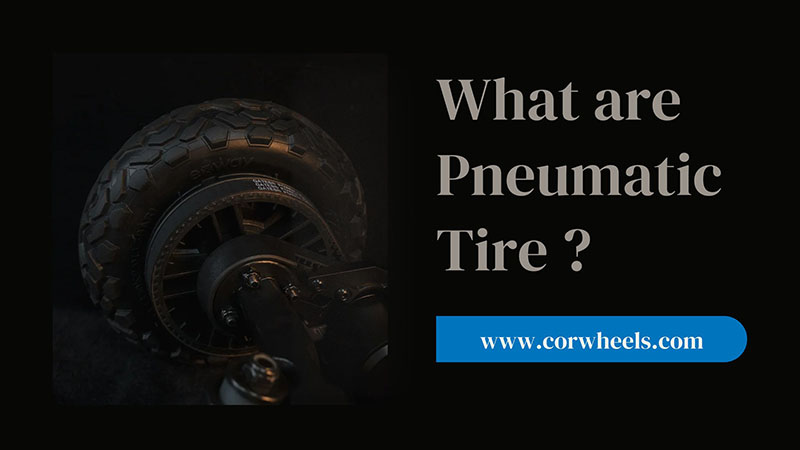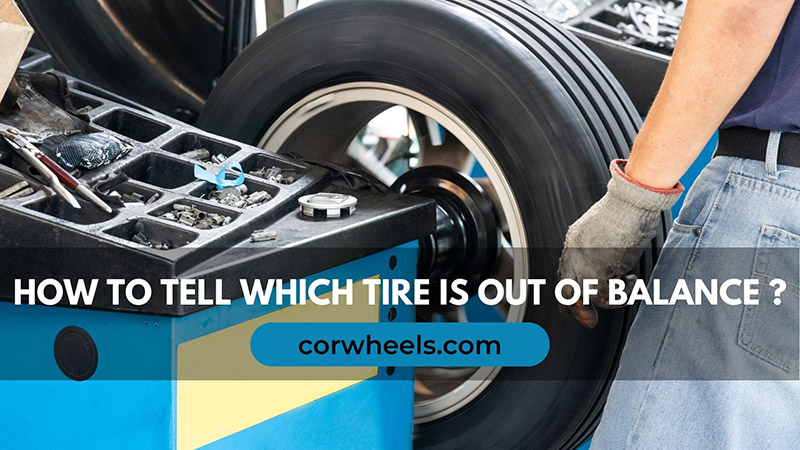Wide tires are becoming a trend in the auto industry because many car owners believe that they have many definite advantages and help the car move more smoothly.
But are these statements correct? Let’s analyze to find the answer.
In this article:
Benefits Of Wide Tires
Raise The Chassis
The first thing you see when you increase the tire width is that the chassis looks taller. If you often travel on rough roads, the high ground clearance makes moving more flexible and easier.
Thanks to the larger headroom, the larger wheels and shock absorbers can absorb vibrations on rough terrain, reducing the risk of a collision on the road.
That is why drivers who like to experience thrills often choose larger models to suit the terrain.
Increase Aesthetics
The large width makes your car look more personal and outstanding. Enhancing the overall design makes its appearance more sporty. This additional advantage is why many car owners love wide tires and equip them for their cars.
Smoother Ride
Essentially, a vehicle with a larger area of contact with the road will achieve better traction by applying more pressure per square inch. Therefore, thick tires improve traction in wet, dry, smooth, or rough conditions.
However, that doesn’t mean all thin ones don’t grip the road well. Each type has characteristics to suit the needs of use and terrain conditions.
Make Cornering Safer
Turning is an operation that requires a lot of skill from the driver, but the car’s structure also contributes significantly to this success.
The wider tires have stiffer sidewalls and better stitching. This design helps them handle the road surface better, increases the effectiveness of braking into corners, and prevents the risk of rollover in sharp corners.
Increased Efficiency When Braking
The brakes and tires play an important role in slowing down or stopping the vehicle. The wheels and brakes will work together better as the contact surface area increases.
It helps to reduce the stopping distance due to inertia, thereby helping to avoid sudden accidents on real roads.
Disadvantages Of Wider Tires
Consumes More Fuel
The more friction the vehicle has with the road surface, the greater the fuel consumption. Wider tires create more friction than narrow ones, reducing fuel economy.
Besides, wider wheels will be heavier and require the engine to work more to move. That’s why your car will have to fill up faster than usual.
Reduces Acceleration And Steering
As mentioned above, wider tires increase the vehicle’s weight. Extra weight reduces acceleration because of their large contact area; your vehicle cannot increase average speed right away.
Not only that, but it also causes many difficulties in controlling the car. You will need more time to return to balance after each sharp turn or when you want to steer.
False Speedometer
As wheel size increases, so will the standard components on cars. This can affect the accuracy of the embedded system, resulting in an incorrect speedometer display.
The Trouble With The Safety System
The speedometer is wrong, and other safety aids are also affected. It can be EBD (Electronic brakeforce distribution), traction control unit, or ABS (Anti-lock Brake System).
Brake Wear
As the tire’s surface area becomes larger, the braking system will also have to work harder. This causes the brakes to wear out faster.
High Price
It is more expensive to manufacture models with a large contact area, usually quite small. These are two reasons why you will find its price often higher than the thin version.
Should Vehicle Owners Install Wide Tires Or Narrow Tires?

Wider tires are better because of their practical benefits. However, having many limitations also makes car owners hesitate when intending to replace the original tire.
To ensure safety, you should follow the vehicle manufacturer’s tire selection and size instructions. If you decide to upgrade the original tire area, ensure the new ones meet the load capacity and consider whether they affect any safety systems.
Check first that they are compatible with the wheel and wheel rim sizes. Ensure the new one doesn’t rub against the wheel’s clamps or edges while the vehicle is moving.
Also, remember that tire width does not matter only when selecting. It would help if you also considered other factors, such as:
- Demand
- Conditions of use
- Specifications (Tread, wet, tire pressures, dry, snow, noise, treadwear, etc.)
- Price
Conclusion
Wide tires are only a better choice when it is suitable and ensures the user’s safety. So, carefully consider their pros and cons before planning to replace something.
Hope this article was useful to you. Thanks for reading, and see you in the next posts.








